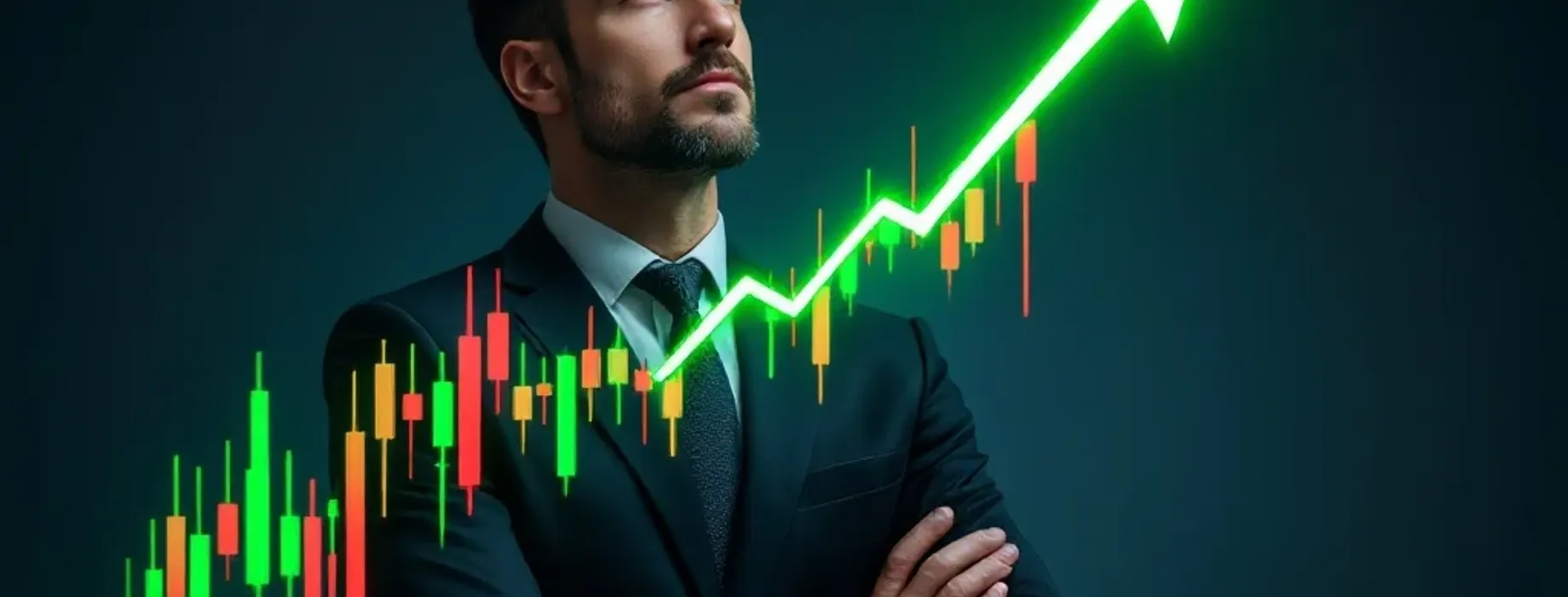- Embraer – global leader in regional and military aircraft, with agricultural models.
- Helibrás – subsidiary of Airbus Helicopters, produces helicopters.
- Brvant – manufactures drones.
- Avibras – operates with aircraft, satellites, telecommunications, and armaments.
The Dynamics between the Selic Rate and the Brazilian Technology Market: Impacts and Perspectives

The Brazilian financial market has experienced significant fluctuations in recent years, driven mainly by changes in the Selic rate. With the recent upward cycle reaching a historic level of 14.75% in May 2025, it is essential to understand how these changes specifically affect the technology sector, one of the most dynamic and promising in the national economy. This study examines the correlation between Brazilian monetary policy and the performance of technology company stocks, offering valuable insights for investors looking to navigate this challenging scenario.
Impact of the Selic Rate on Technology Companies’ Stocks
The Selic rate has undergone four cycles of changes in the last five years. The reduction between 2020 and 2021 from 6.5% to 2% was followed by an increase to 13.75%, reaching 10.5% in the summer of 2024. The Central Bank of Brazil was forced to resume a monetary tightening policy due to macroeconomic instability, political uncertainty, the arrival of a new administration in the United States, and legitimate concerns about rising inflation. Six consecutive increases raised the Selic to a record level of 14.75% in May 2025. How does this change in the Selic rate affect technology companies and the Brazilian financial market?
What is the Selic rate?
The Selic is the main interest rate in the Brazilian financial market. It is set monthly by the Monetary Policy Committee (COPOM) of the Central Bank of Brazil. This committee defines inflation targets and guidelines to maintain the country’s economic stability.
The Selic rate is the weighted average of credit operations in federal public securities. It also influences other interest rates, such as credit, deposits, and investments. Additionally, it is an important indicator of the current situation of the Brazilian financial market.
The Selic can be increased or decreased according to the economic situation and the appreciation of the real. Increasing the Selic combats inflation but makes loans more expensive. Reducing the rate stimulates growth but increases prices.
The Selic has fluctuated between 2% and 14.75% in recent years, reaching its highest level. Despite this, the Committee remains cautious and emphasizes the high inflation rate. If prices stabilize, the Selic may be reduced. With the tariff war with the USA, increases may be inevitable.
The technology market in Brazil
Brazil has a well-developed technology market, with operations in engineering, aviation, IT, and others. It is also an important regional hub for startups and venture capital funds, especially in São Paulo.
Main aerospace companies in Brazil:
Main national IT companies:
- ITAUTEC – hardware and software for finance and retail.
- TIVIT – IT outsourcing and systems integration.
- BRQ – solutions in CRM, BI, ERP, and IT services.
- BSI Tecnologia – systems integrator.
- Serpro – state-owned data processing company.
- Dataprev – state-owned information systems developer.
The telecommunications sector is essential in Brazil, which is the fifth-largest digital economy in the world. More than 94% of the population has good mobile coverage, including in rural areas. Leading companies: Vivo (Telefônica Brasil), Claro, and TIM Brasil.
Other prominent technology companies:
- Petrobras – energy and oil giant.
- Volkswagen do Brasil, Fiat, GM, Renault, Ford, Effa Motors, Troller – vehicle manufacturers.
According to the World Bank, in 2022, more than 360 Brazilian companies were listed on the stock exchange, including all major technology sector companies. Investors can invest in stocks directly on the exchange, through brokers, online platforms, or ETF funds.
How does the Selic rate affect technology stocks?
B3 S.A., located in São Paulo, is one of the largest exchanges in the world. It was formed in 2008 with the merger between Bovespa and BM&F. In 2017, it was officially renamed B3 S.A. – Brasil, Bolsa, Balcão.
The main index of B3 is the Ibovespa, which tracks about 90 stocks, representing 80% of the traded volume. There are also indices like Brazil 50, Mid-Large Cap, Small Cap, and others.
The rise in the Selic generally leads to a drop in technology stocks, while rate cuts tend to appreciate them. This occurs because the technology sector is seen as riskier and more sensitive to changes in interest rates.
Consequences of the Selic increase for technology companies:
- More expensive credit – increased financing costs.
- Reduced profits – directly impacts stock value.
- Migration to safe assets – investors prefer higher-yielding public securities.
Effects of the Selic reduction:
- Cheaper credit – more access to investments and expansion.
- More attractive stocks – greater demand from investors.
- Greater return difference between stocks and securities, favoring the stock market.
We suggest that investors and traders observe the negative correlation between the Selic rate and the performance of technology stocks in the country. However, it is important to remember that fundamental analysis should consider not only the macroeconomic context but also the financial indicators of companies and the sector as a whole.
